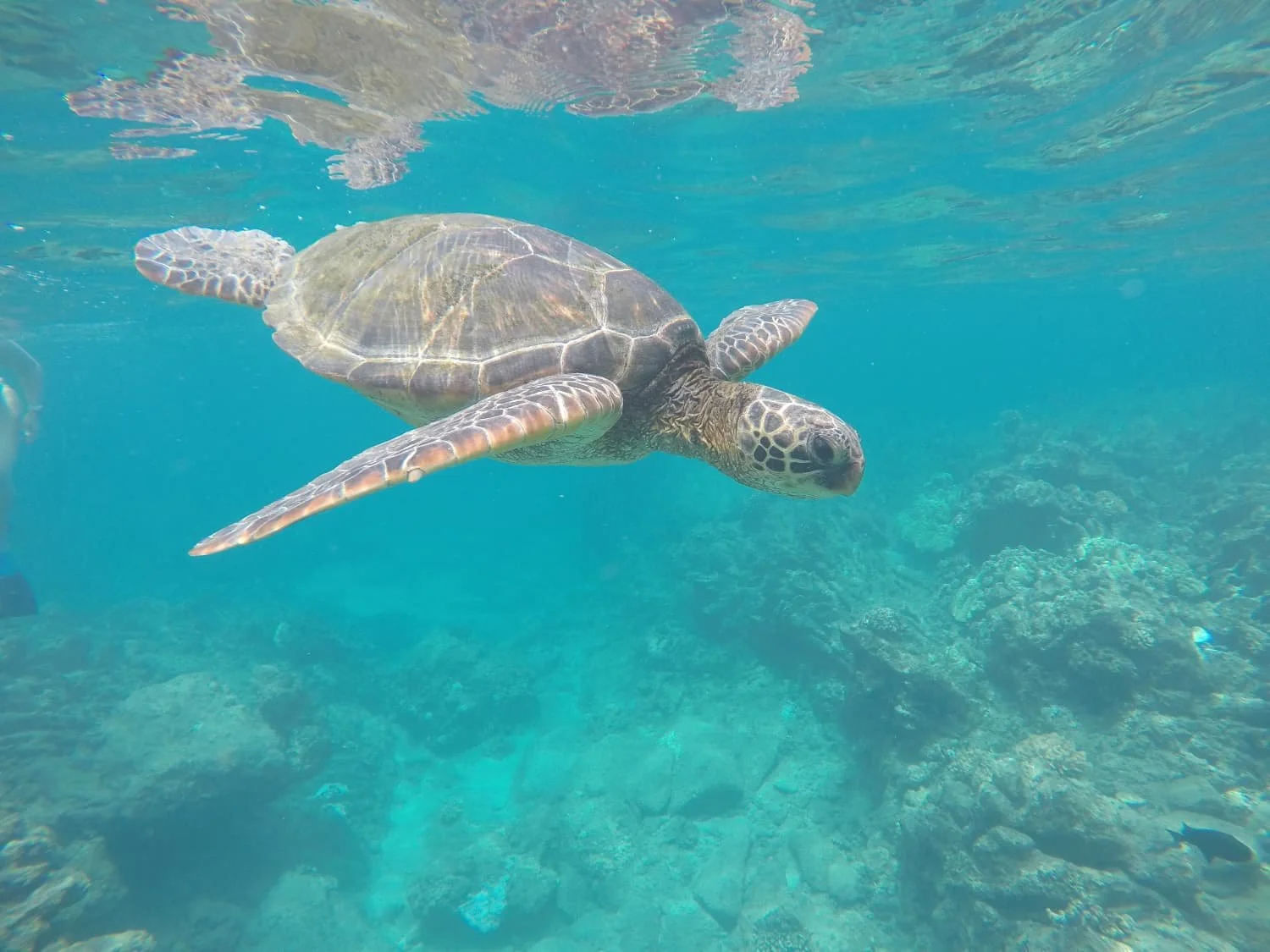To anyone wondering if “plastic” can ever be more than waste, it already is
David Attenborough, one of our real life super heroes, has long shown us the hidden crisis of plastic in the seas, from Planet Earth III to earlier films that reveal how fragments drift invisibly through the water column and choke marine life. His latest film Ocean with National Geographic widens the aperture, showing both devastation and resilience, but ultimately reminding us that the ocean can recover faster than we ever imagined.
There are loads of organizations and communities aiding in this recovery work, here are a few that we see as symbiotically working together to perverse the wonderful things that make life feel alive.
The Ocean Cleanup has taken on the monumental task of sweeping gyres, intercepting both macroplastics and fragments before they break down further. Their ships are the middle link in a chain of transformation.
Parley steps in at the cultural level, turning intercepted plastic into objects of desire, sneakers, jackets, and artifacts people choose to wear. Collaborations with Adidas and their major sports partners as well as high-fashion house’s like Dior show how waste can be reframed into status and beauty. What was once shameful trash becomes aspirational, flipping waste into a signal of care.
Then Conceptos Plásticos goes further. They ask: what if the very material designed to last forever was not discarded at all, but turned into structures that hold families, classrooms, and community? Their interlocking bricks of plastic waste already stand as homes across Latin America, offering safety and permanence from something once treated as disposable.
Together, this is a full system of change. From ocean retrieval to cultural reframing to shelter, plastic takes on new lives instead of ending others.
Now imagine this chain in your own community. Think of a third space you wish would last forever; a library, a playground, a hall for gatherings. What if building it, and all the things that filled it, not only gave people a place to belong but also healed the largest ecosystem on the planet at the same time?
This is what it means to see through a wonderlens. Not just isolated fixes, but living systems where harm is rewritten as possibility and what was once waste becomes the foundation of a future we want to inhabit.


